Think you know Italy? Sure, you’ve seen the Colosseum, cruised the canals in Venice, and probably enjoyed a slice of pizza.
But did you know the police drive Lamborghinis for emergency missions? Or that stray cats have more rights than you might think? It’s time to go beyond the usual tourist spots.
Italy is full of surprises. We’re taking a deeper dive into this fascinating country, uncovering 12 things about Italy you definitely didn’t learn in school.
Get ready to discover a whole new side of the place!
Contents
- 1 A Fountain That Pours Free Wine
- 2 The Life-Saving Lamborghini
- 3 Cats Have Legal Rights in Rome
- 4 Pepperoni Pizza is American
- 5 Italy’s Royal History
- 6 Italy’s Most Famous Ingredient
- 7 Italy’s Educational Legacy
- 8 Italy’s Unique Geography
- 9 Italy’s Quirky Laws
- 10 Italy’s Strict Coffee Culture
- 11 The Serious Science of Pasta
- 12 Italy’s Most Famous Fountain
- 13 Conclusion
A Fountain That Pours Free Wine
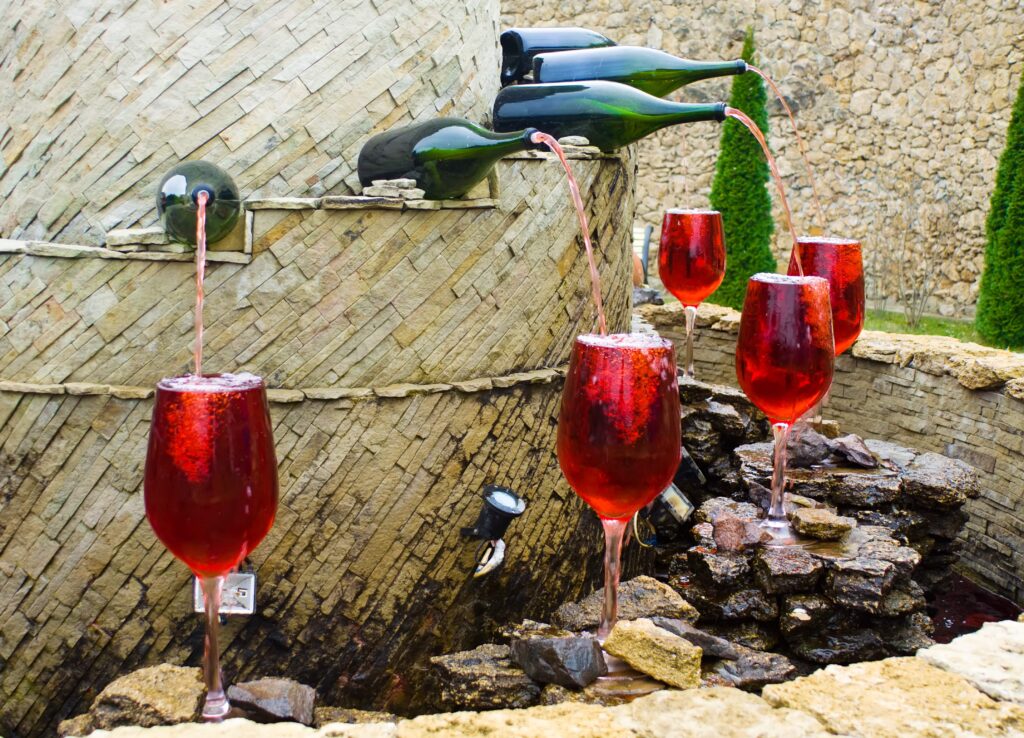
Yep, you read that right. In the small town of Caldari di Ortona in the Abruzzo region, there’s a fountain that flows with free red wine!
The Fontana del Vino is located at the Dora Sarchese winery and serves up local Montepulciano d’Abruzzo to visitors.
But it’s not just a quirky tourist attraction. Inspired by a similar fountain along Spain’s Camino de Santiago pilgrimage, this one was created to welcome pilgrims walking the Cammino di San Tommaso, a path from Rome to Ortona.
While it’s a cool gesture of hospitality, it’s not exactly an all-you-can-drink deal. The winery’s owner says you’re welcome to enjoy a glass or two, but don’t show up with empty bottles to fill!
The Life-Saving Lamborghini
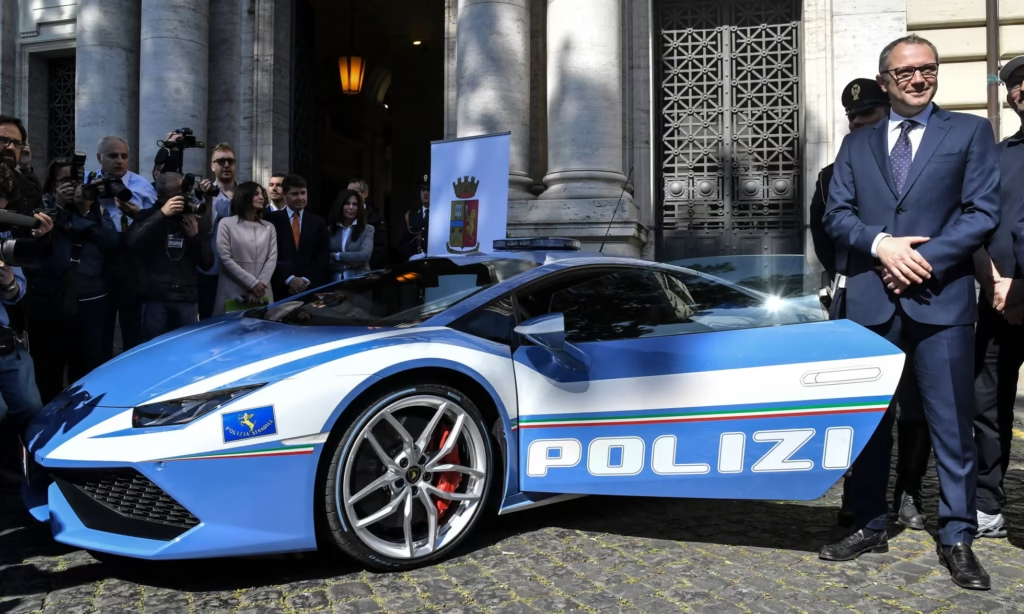
Imagine seeing a Lamborghini Huracán zooming down the highway with its lights flashing.
In Italy, it might not be chasing a criminal; it could be saving a life. The Italian State Police actually have a specially equipped Huracán for emergency organ transport.
This isn’t just a supercar painted in blue and white. The front trunk, or “frunk,” has been turned into a refrigerated compartment for carrying organs and medical supplies. It’s also got a defibrillator onboard, turning this luxury car into an unlikely public service hero.
In one amazing case, the police transported a kidney over 300 miles in just two hours. Usually, the journey takes five. Only a small group of highly trained officers is allowed to drive it, making sure the job gets done with skill and precision.
Also See: 10 Things No One Tells You About Living in Italy — And Every Foreigner Finds Out Too Late
Cats Have Legal Rights in Rome
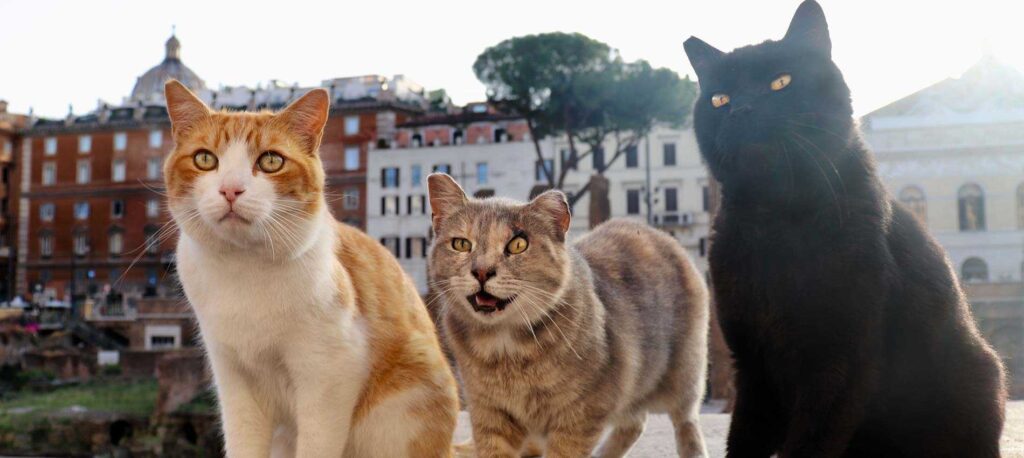
In Rome, cats aren’t just strays. They’re actually a protected part of the city’s heritage. Thanks to a law passed in 1991, it’s illegal to harm or relocate the city’s free-roaming cats.
They’ve been officially declared a “bio-cultural heritage,” which means their connection to the city is recognized as part of its history.
This law takes a tradition of caring for cats and makes it official policy. For centuries, volunteers known as gattare (or “cat ladies”) have looked after these feline colonies, and now their work is backed by the law.
The most famous colony is at Largo di Torre Argentina, the very spot where Julius Caesar was assassinated. Today, hundreds of protected cats live among the ancient ruins, all cared for by a dedicated sanctuary.
Pepperoni Pizza is American

Here’s a fact that might break some hearts. Pepperoni pizza, a staple of “Italian” restaurants worldwide, is not Italian. Pepperoni is an Italian-American creation, invented by immigrants in New York City in the early 20th century.
The confusion comes from the name. In Italian, peperoni (with one “p”) means bell peppers. If you order a “pepperoni pizza” in Italy, you might get a pizza topped with roasted peppers.
Italian-Americans developed pepperoni to mimic the spicy salamis of Southern Italy. They used ingredients that were readily available in the U.S., like paprika. The closest you’ll find in Italy is a pizza alla diavola (devil’s pizza), which is topped with a mildly spicy salami.
Italy’s Royal History

Italy may be a republic today, but it once had a king. Though his reign was incredibly short. King Umberto II, the last king of Italy, ruled for just 34 days, from May 9 to June 12, 1946. That’s why he’s known as Re di Maggio (the “May King”).
His brief time on the throne came during a pivotal moment in Italy’s history.
His father, King Victor Emmanuel III, had been deeply tied to Benito Mussolini’s fascist regime. In an attempt to salvage the monarchy’s reputation, he abdicated.
Unfortunately, the plan didn’t work. Just weeks later, Italians voted in a referendum to abolish the monarchy and set up a republic. Umberto II accepted the outcome calmly and went into exile, helping to avoid civil unrest.
Italy’s Most Famous Ingredient

It’s hard to imagine Italian cuisine without tomatoes, but for a long time, Italians were actually afraid of them. When tomatoes first arrived from the Americas in the 1500s, many people thought they were poisonous.
This fear was especially strong among the wealthy. They ate from pewter plates, which had high levels of lead.
Tomatoes are very acidic, and the acid would cause the lead to leach into the food, leading to lead poisoning. But instead of blaming the toxic plates, people blamed the tomatoes.
The fact that tomatoes belong to the nightshade family, home to poisonous plants like belladonna, only fueled the suspicion.
It was likely the poorer folks, who ate from wooden plates, who first figured out that tomatoes were actually safe to eat.
Also see: 7 Breathtaking Train Rides in Italy That Belong on Everyone’s Bucket List
Italy’s Educational Legacy
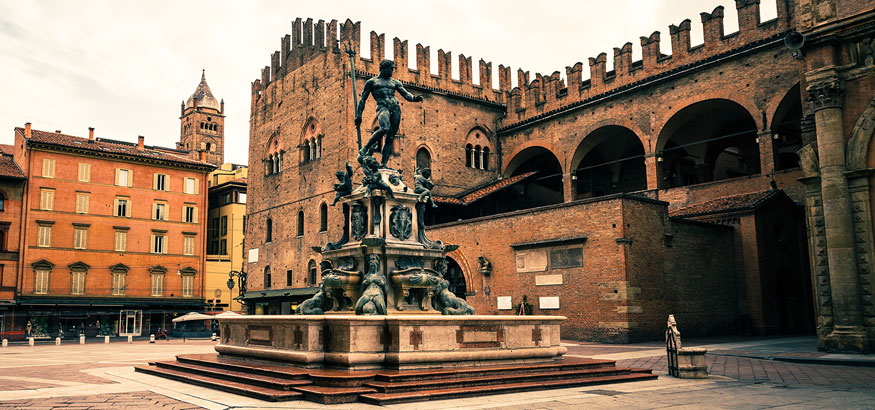
Italy is home to the oldest university still operating in the Western world. The University of Bologna, founded in 1088, is the birthplace of the modern university as we know it.
What makes it especially unique is that it was founded by students, not a church or king. It started as a group of students (called universitas scholarium) who hired professors to teach them.
This student-led approach was a major shift in who controlled education and knowledge.
The university also introduced things we now consider standard, like academic degrees and faculties. Over the centuries, famous figures like poet Dante Alighieri and astronomer Nicolaus Copernicus walked its halls.
Italy’s Unique Geography
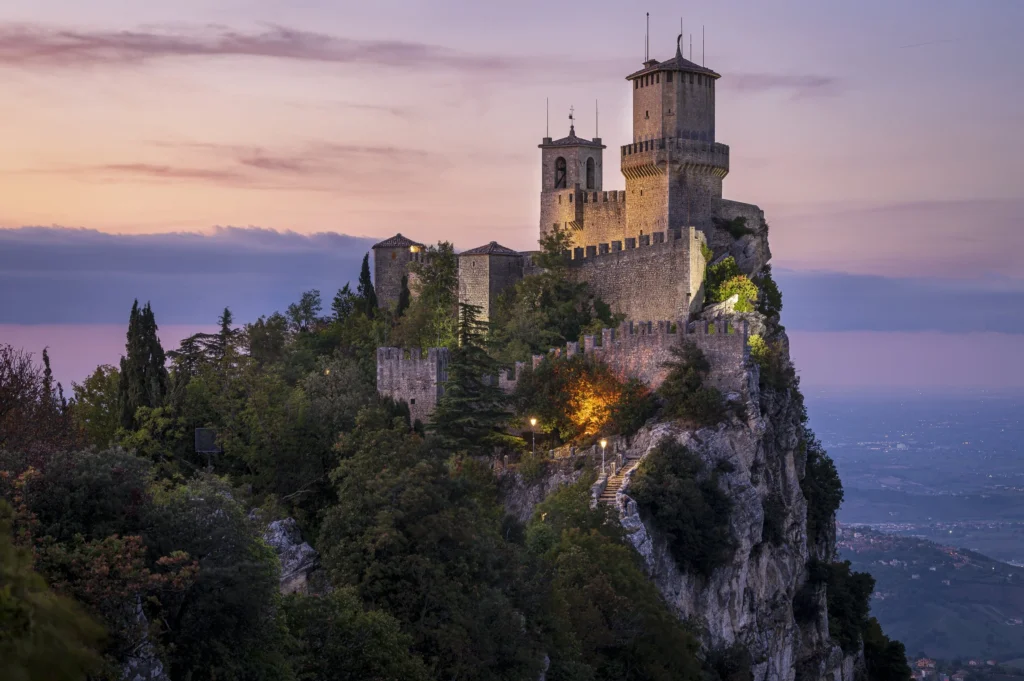
Did you know that while you’re in Italy, you can visit two other countries without crossing a major border? Italy surrounds two tiny independent states: Vatican City and the Republic of San Marino.
Vatican City, located right inside Rome, is the smallest country in the world. It’s the spiritual and administrative center of the Catholic Church.
San Marino, perched in the mountains of northeastern Italy, holds the title of the world’s oldest continuous republic. Founded in 301 AD, its long history of offering refuge (including to Italian unification hero Giuseppe Garibaldi) helped it stay independent when Italy unified into a single nation.
Read: Italy Has Over 60 UNESCO World Heritage Sites – These Are 15 You Absolutely Should Not Miss
Italy’s Quirky Laws
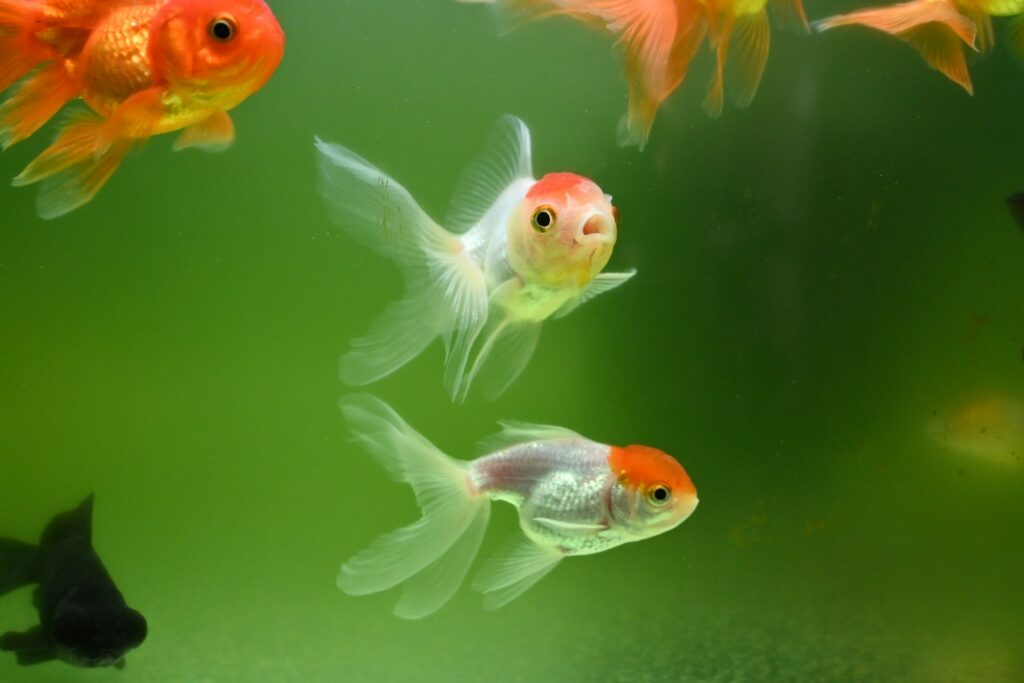
Italy is known for having some pretty specific and quirky laws. For example, in cities like Rome and Monza, it’s actually illegal to keep a goldfish in a classic round bowl.
The reason behind this law is both practical and philosophical. Practically, a small, unfiltered bowl doesn’t provide enough oxygen for the fish, which is considered cruel.
Philosophically, lawmakers believed that a curved bowl gives the fish a “distorted view of reality,” making it inhumane. It’s a unique, thoughtful approach to animal welfare that gives you a fascinating peek into the Italian mindset.
Italy’s Strict Coffee Culture

In Italy, coffee isn’t just a drink. It’s a ritual with some strict, unwritten rules. The most important one for travelers to remember is: never order a cappuccino after 11 a.m..
Cappuccinos are considered a breakfast drink, and ordering one after a meal is a big social faux pas. The reasoning behind it? Italians believe the large amount of hot milk in a cappuccino messes with digestion, or digestione, after a meal.
So, what should you drink in the afternoon? A strong, simple espresso is the only acceptable choice. And if you ask for a “latte,” be warned—it’ll get you a glass of plain milk, not a coffee!
Related: I’ve Lived in Italy for Six Years — Here Are 10 Unspoken Rules To Follow When You Visit
The Serious Science of Pasta

Italy is home to over 600 different shapes of pasta, and each one is a carefully crafted piece of culinary engineering, designed to pair perfectly with a specific sauce.
In Italy, pairing the wrong pasta with the wrong sauce is considered a major mistake. The rules are based on the science of it all. Wide, flat pasta like pappardelle is sturdy enough to hold up to a hearty meat sauce like ragù. Hollow tubes like rigatoni are perfect for trapping thick sauces inside.
On the other hand, twisted shapes like fusilli are great for grabbing onto thinner sauces like pesto. This kind of precision shows just how deeply regional Italian cuisine is. Every pasta shape tells a story of local history and identity.
Italy’s Most Famous Fountain
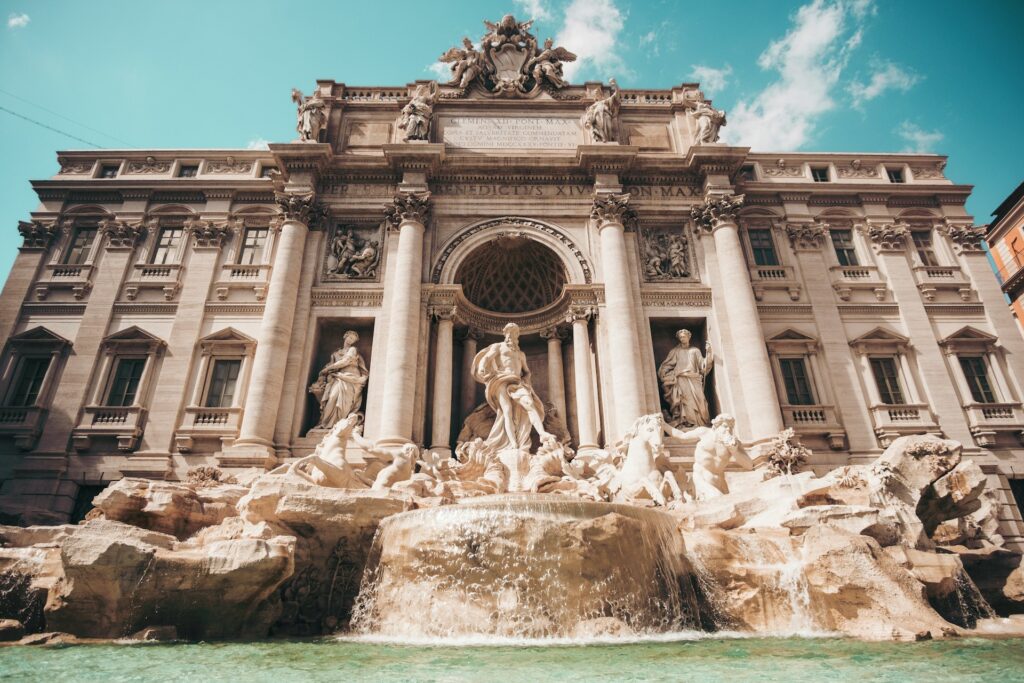
Every day, thousands of tourists toss coins into Rome’s stunning Trevi Fountain. The tradition goes that if you throw a coin over your left shoulder with your right hand, you’ll guarantee a return to Rome someday.
The amount of money thrown in is impressive. Around €3,000 a day, which adds up to over €1 million a year. But what happens to all that money?
It doesn’t just sit there. The city collects the coins regularly and donates them to a Catholic charity called Caritas. The funds go toward helping the poor, like supporting supermarkets for those in need.
So, what starts as a superstition turns into an unexpected act of philanthropy.
You may like: 10 Rookie Mistakes Tourists Make in Italy (And how to Avoid Them)
Conclusion
Italy is a place full of surprises. It’s where life-saving supercars zoom alongside ancient traditions, and where legally protected cats nap on the ruins of empires.
The charm of Italy lies in these fascinating contrasts, from the strict rules around cappuccinos to the unexpected generosity of a tourist fountain.
These fun facts remind us that there’s always more to Italy than meets the eye. They encourage us to look past the clichés and dive deeper into the country’s rich, complex, and often delightfully quirky spirit.
So, next time you visit, you’ll know to take a closer look!